Works of art that made the news in 2021
From a $69m collage of digital images to the return of a Picasso nine years after a near-perfect heist
1. Digitised
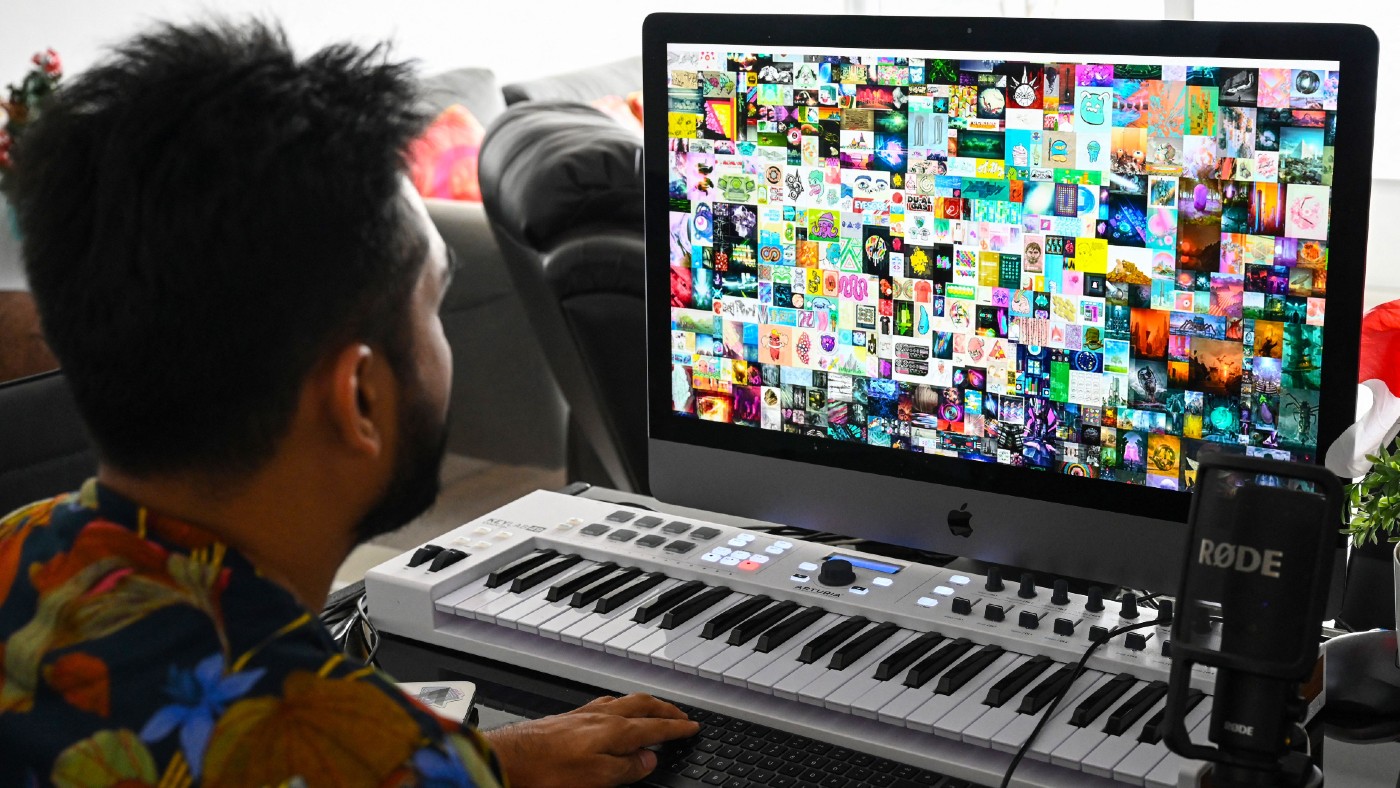
The third-most expensive work ever sold by a living artist – after pieces by Jeff Koons and David Hockney – was auctioned at Christie’s in March. But even more than its $69.3m price tag, what made the sale really distinctive was its format.
Everydays is a collage of digital images created by an artist from South Carolina – Mike Winkelmann, known as Beeple. Each day, using 3D software, Winkelmann creates an image: cartoony works packed with pop culture figures, social media memes and crude satire (Biden urinating on Trump, for instance). Everydays comprised 5,000 of them.
“I do view this as the next chapter of art history,” Beeple declared. Art critics did not share his enthusiasm. But then again art, as the saying goes, is worth whatever someone is willing to pay for it, and the cryptocurrency tycoon Vignesh Sundaresan felt it was worth $69.3m. He only did so, however, thanks to the growth of a new innovation: the non-fungible token (NFT).
The Week
Escape your echo chamber. Get the facts behind the news, plus analysis from multiple perspectives.

Sign up for The Week's Free Newsletters
From our morning news briefing to a weekly Good News Newsletter, get the best of The Week delivered directly to your inbox.
From our morning news briefing to a weekly Good News Newsletter, get the best of The Week delivered directly to your inbox.
NFTs use blockchain, the technology underpinning cryptocurrencies, to give a unique certificate to any given digital image. An NFT is like a modern version of a museum stamp, proving authenticity and listing previous owners. This has given the digital art market what it hitherto lacked: unique works and limited editions.
Everydays is, in fact, the tip of a vast new NFT market in digital collectibles – photos, games, music – which racked up $11bn in sales in the third quarter alone. Collins Dictionary chose NFT as its word of the year for 2021.
2. Looted
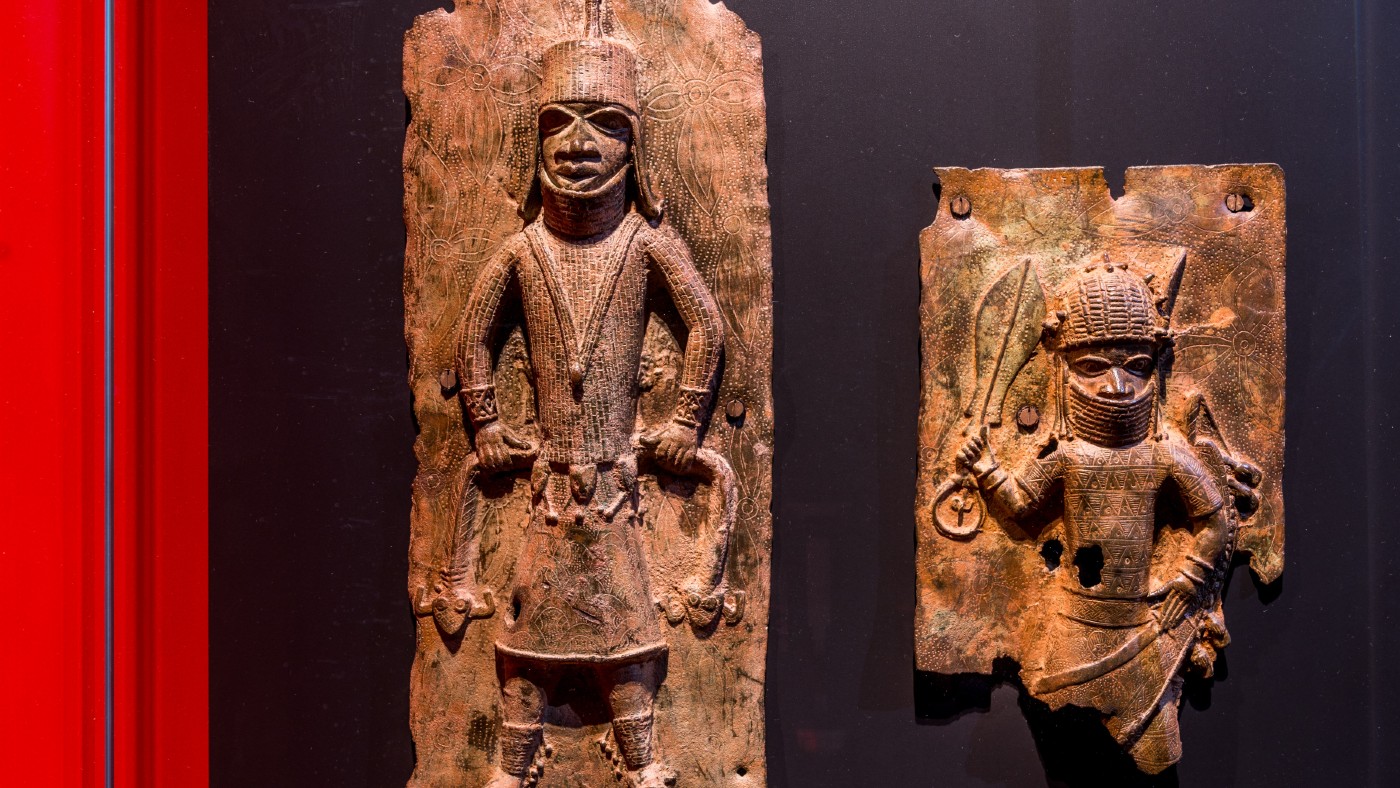
In 1897, British troops sacked the capital of the kingdom of Benin in present-day Nigeria and looted its dazzling artistic treasures: the bronze sculptures, carvings and finely-wrought brass plaques known as the Benin Bronzes. This year, the debate about returning the looted items, now scattered across nearly 200 European and US collections, reached a new pitch, as plans advanced for a new art museum in Benin City.
In March, the University of Aberdeen agreed to return a bronze head. In October, Jesus College, Cambridge became the first institution to return one – a cockerel, or Okukor. And after the Humboldt Forum in Berlin and the Smithsonian in Washington began discussions about returning their bronzes, all eyes turned to the British Museum, which has by far the largest collection.
A free daily email with the biggest news stories of the day – and the best features from TheWeek.com
In October, it received a formal request for their return from Nigeria. It has now pledged to work to set up “permanent displays” of the objects in Benin City.
3. Sold

The traditional art market bounced back from a pandemicinduced dip with some strong sales this year. The largest single sale was Botticelli’s Portrait of a Young Man holding a Roundel c.1480 (pictured), which sold for $92.2m to an unnamed collector from Asia at Sotheby’s New York.
The painting, which is thought to depict a member of the Medici court, became the second-most expensive work by an Old Master ever sold (after Salvator Mundi, c.1499-1510, controversially attributed to Leonardo).
Later in the year, a massive collection amassed by the property tycoon Harry Macklowe and his former wife Linda sold for $676m, also at Sotheby’s; Mark Rothko’s 8ft-tall painting No. 7 (1951) fetched $82.5m. Another notable sale was the $34.9m paid for Frida Kahlo’s Diego y yo (Diego and I), 1949, a self-portrait featuring a small portrait of her husband Diego Rivera as a “third eye” in her forehead.
4. Recovered

In 2012, a thief broke into the National Gallery in Athens and carried out a near-perfect heist. The robber opened an unlocked door, setting off the alarm and tricking the gallery’s sole guard into deactivating it. He then broke in and took a Renaissance sketch, a windmill scene by Piet Mondrian and, most importantly, Pablo Picasso’s Head of a Woman – a 1939 cubist painting given by the artist to the Greek people in recognition of their resistance to Nazi occupation during the Second World War.
This summer, the Picasso was recovered. The works had been stolen not by a criminal gang but by George Sarmatzopoulos, a 49-year-old builder and self-professed “art freak”.
After he was arrested, he explained that he had begun to visit the National Gallery constantly for about six months leading up to the crime, until thoughts of stealing a work for himself “tormented” him, and “led me to make the biggest mistake of my life”. He spent around 50 nights hiding outside the gallery, observing the guards and security arrangements, before successfully carrying out the heist.
But in June this year, following a tip from a local newspaper, police caught up with Sarmatzopoulos – who made a full confession and led them to a ravine outside Athens where he had stashed the Mondrian and the Picasso; he had accidentally damaged and destroyed the sketch. He maintained that he had never meant to sell the paintings, and soon “longed to return them”. The National Gallery’s “greatest wound” has been “healed”, said Greece’s culture minister, Lina Mendoni.
5. Toppled
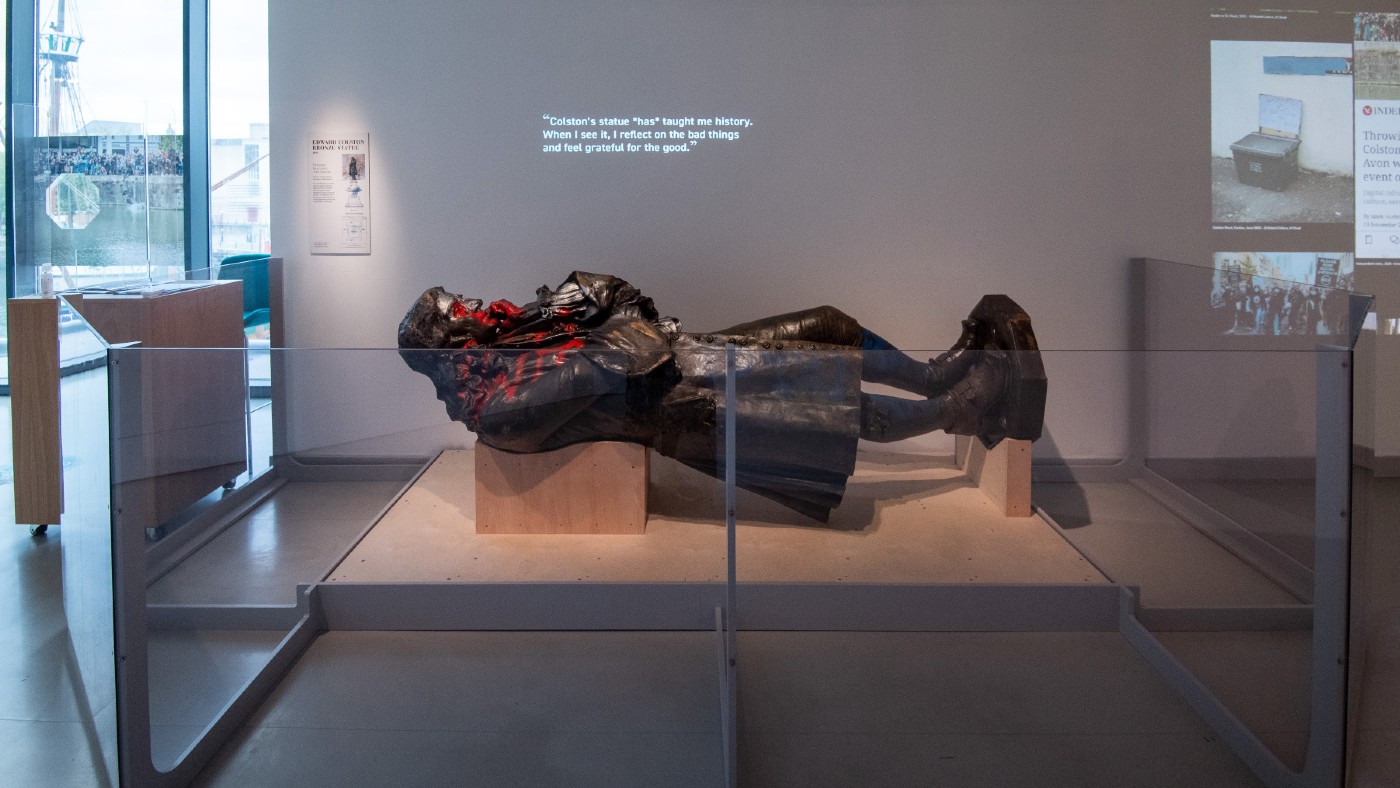
On 7 June, almost exactly a year after it was toppled and thrown into a harbour during last summer’s Black Lives Matter protests, the statue of the 17th century slave-trader Edward Colston went on view at the M Shed museum in Bristol.
The statue was displayed on its back (because of damage done to its base), with its hands and face still sprayed red, alongside placards from the protest. An accompanying survey asked people what they thought should now happen to the statue.
It proved a very successful exhibit, attracting more than 80,000 visitors between June and the end of November. The survey has now closed; the We Are Bristol History Commission will report on its findings by early 2022. This month, four protesters known as “the Colston Four” were put on trial for causing criminal damage to the statue.
-
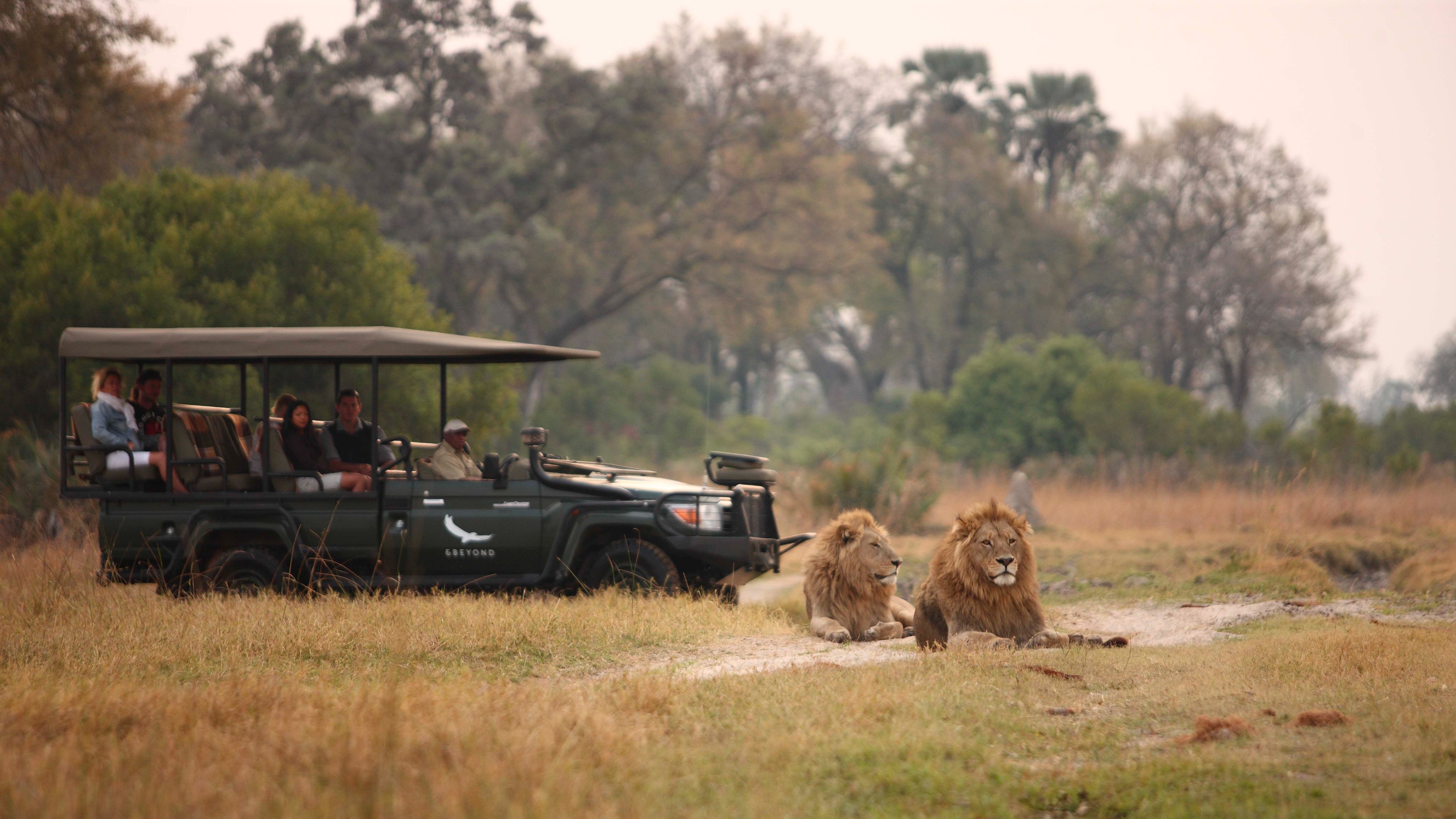 11 hotels opening in 2026 to help you reconnect with nature
11 hotels opening in 2026 to help you reconnect with natureThe Week Recommends Find peace on the beaches of Mexico and on a remote Estonian island
-
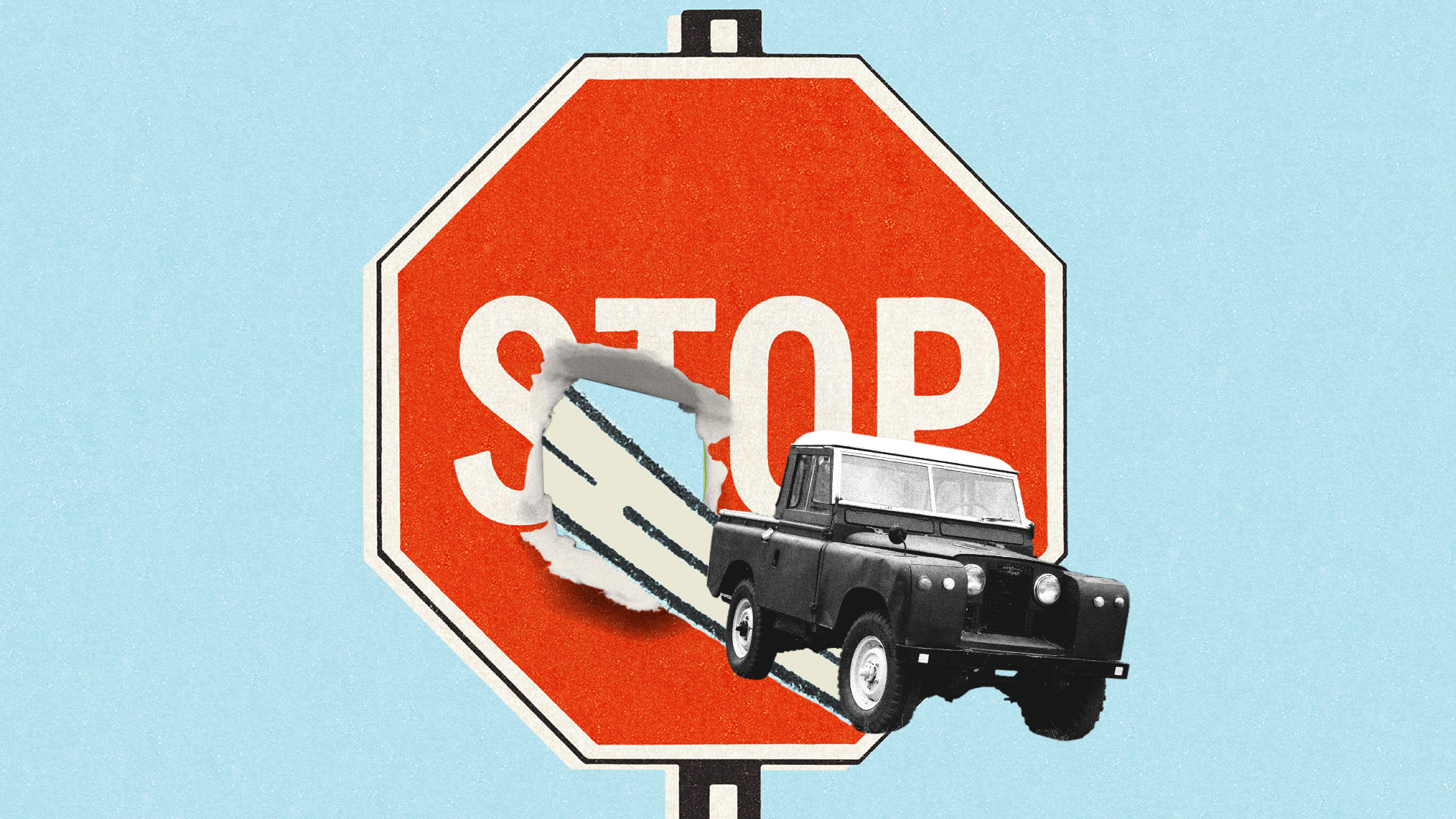 Zimbabwe’s driving crisis
Zimbabwe’s driving crisisUnder the Radar Southern African nation is experiencing a ‘public health disaster’ with one of the highest road fatality rates in the world
-
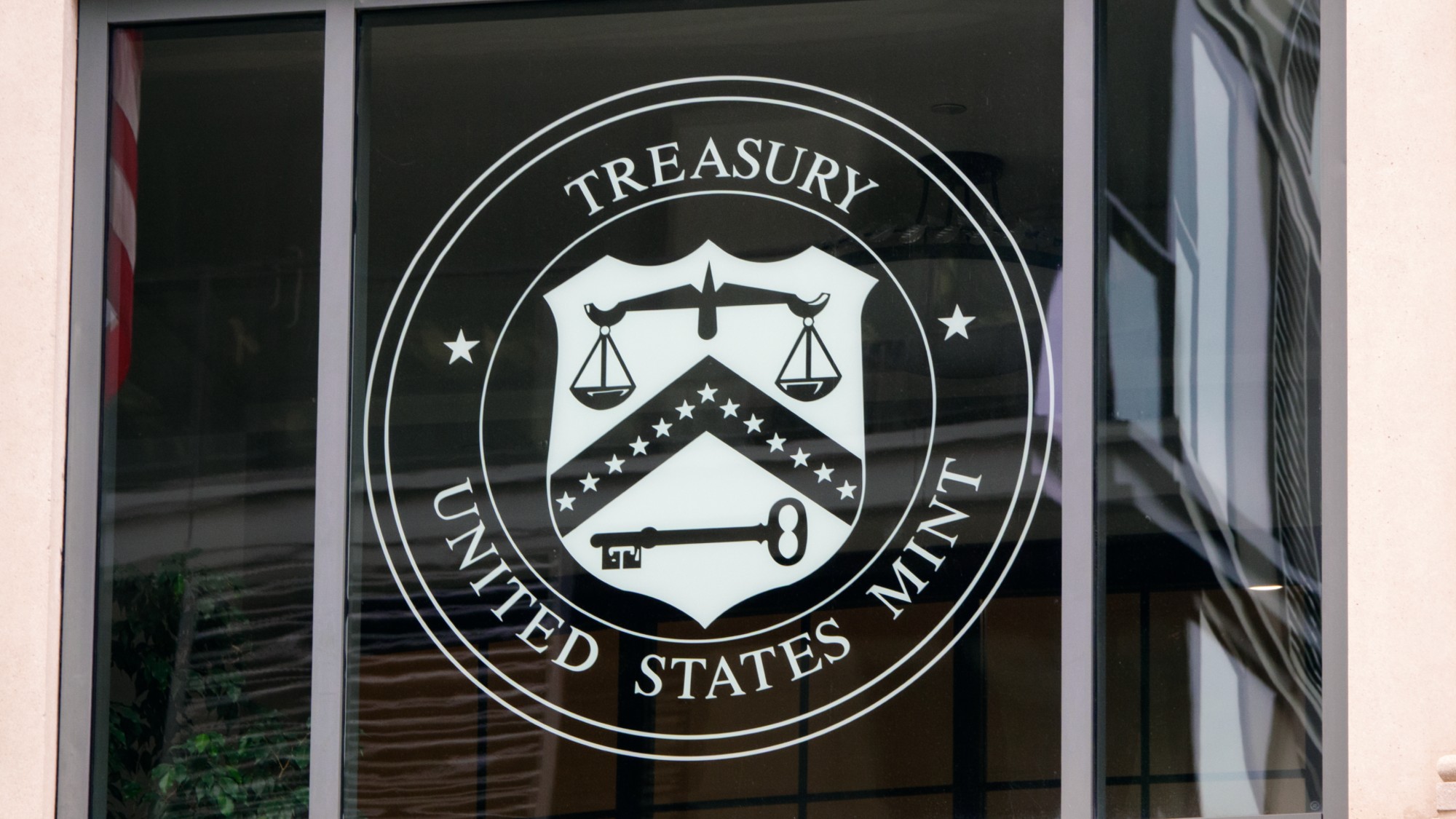 The Mint’s 250th anniversary coins face a whitewashing controversy
The Mint’s 250th anniversary coins face a whitewashing controversyThe Explainer The designs omitted several notable moments for civil rights and women’s rights
-
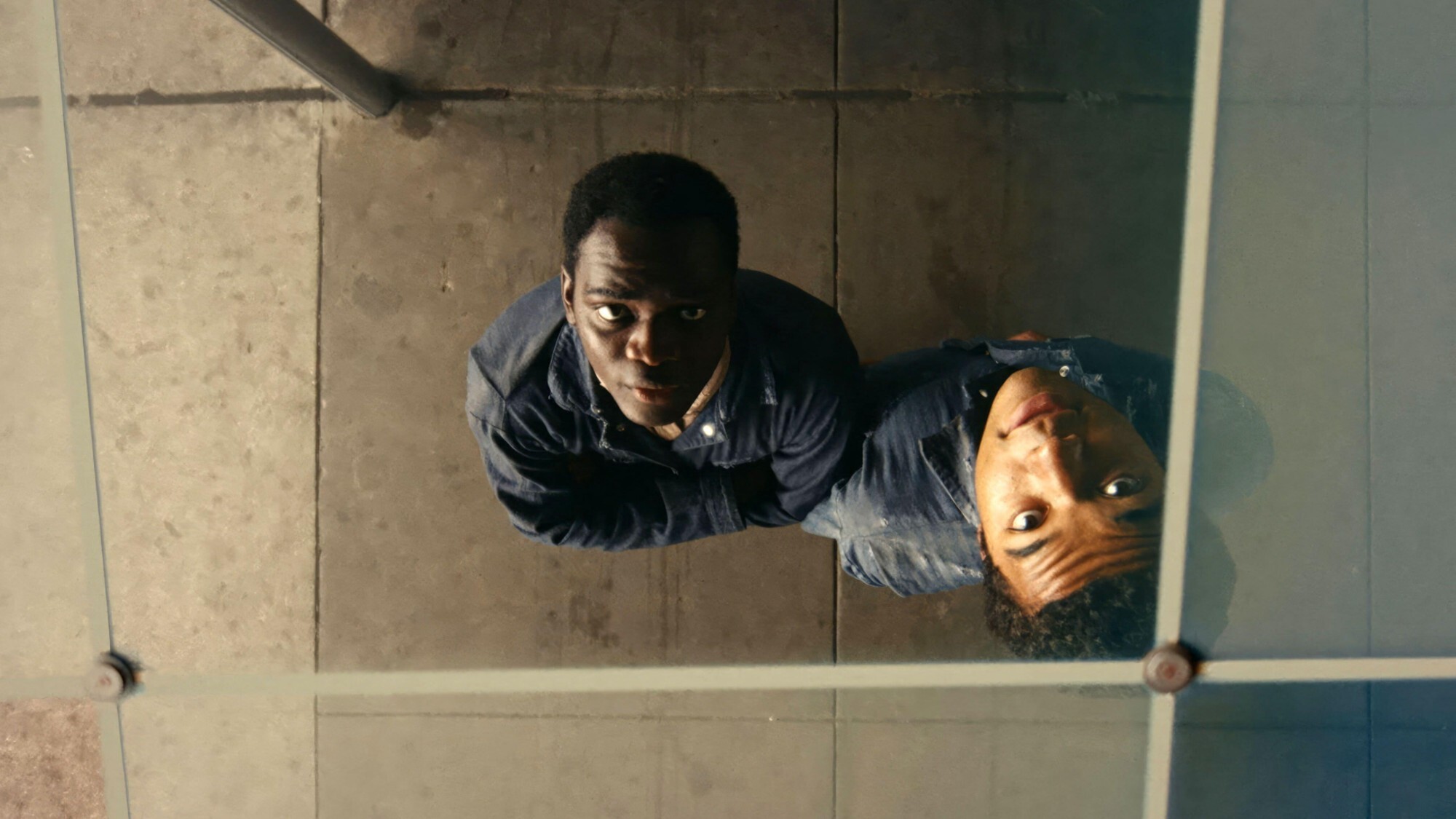 The ultimate films of 2025 by genre
The ultimate films of 2025 by genreThe Week Recommends From comedies to thrillers, documentaries to animations, 2025 featured some unforgettable film moments
-
 Into the Woods: a ‘hypnotic’ production
Into the Woods: a ‘hypnotic’ productionThe Week Recommends Jordan Fein’s revival of the much-loved Stephen Sondheim musical is ‘sharp, propulsive and often very funny’
-
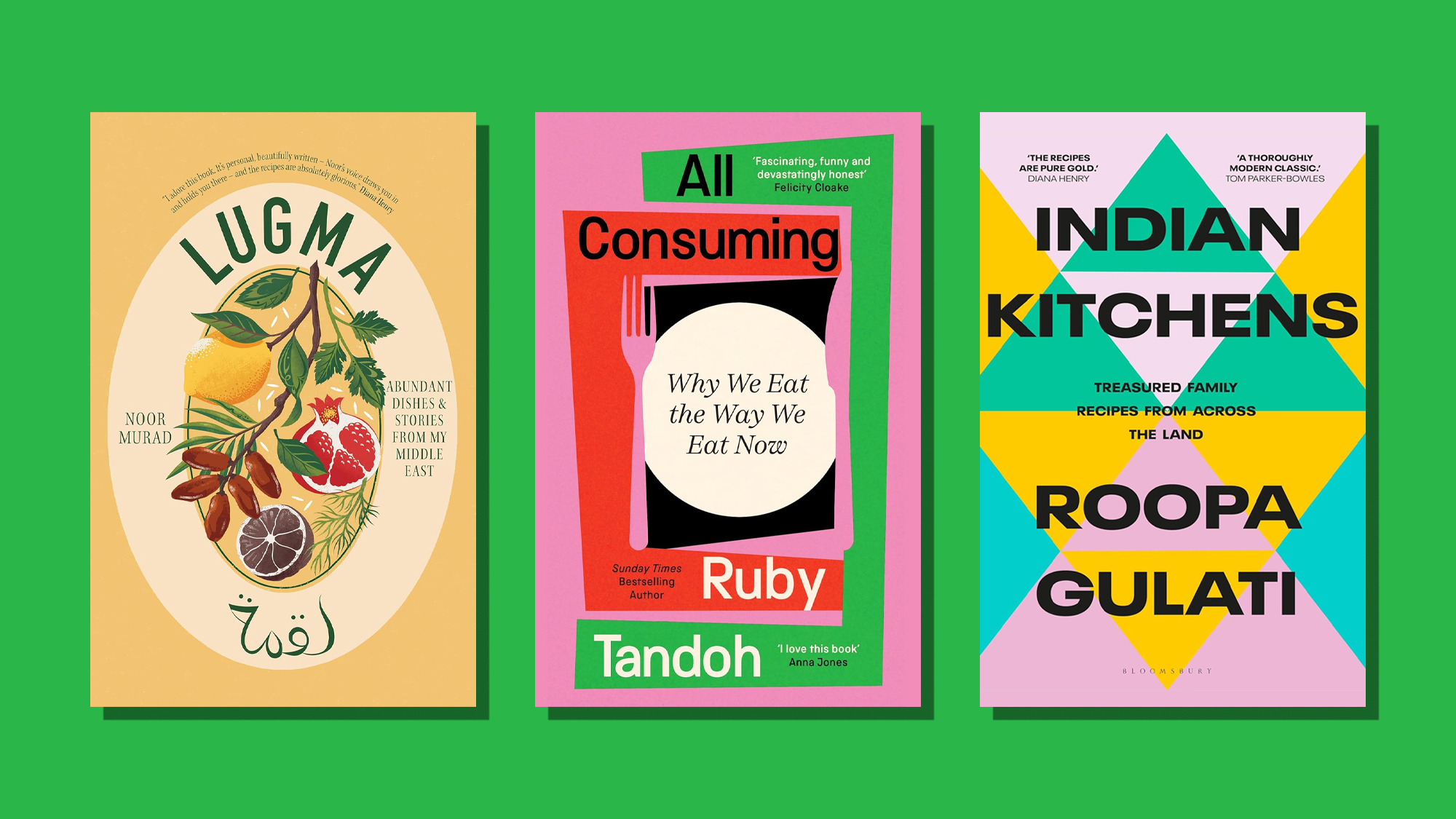 The best food books of 2025
The best food books of 2025The Week Recommends From mouthwatering recipes to insightful essays, these colourful books will both inspire and entertain
-
 Art that made the news in 2025
Art that made the news in 2025The Explainer From a short-lived Banksy mural to an Egyptian statue dating back three millennia
-
 Nine best TV shows of the year
Nine best TV shows of the yearThe Week Recommends From Adolescence to Amandaland
-
 Winter holidays in the snow and sun
Winter holidays in the snow and sunThe Week Recommends Escape the dark, cold days with the perfect getaway
-
 The best homes of the year
The best homes of the yearFeature Featuring a former helicopter engine repair workshop in Washington, D.C. and high-rise living in San Francisco
-
 Critics’ choice: The year’s top 10 movies
Critics’ choice: The year’s top 10 moviesFeature ‘One Battle After Another’ and ‘It Was Just an Accident’ stand out